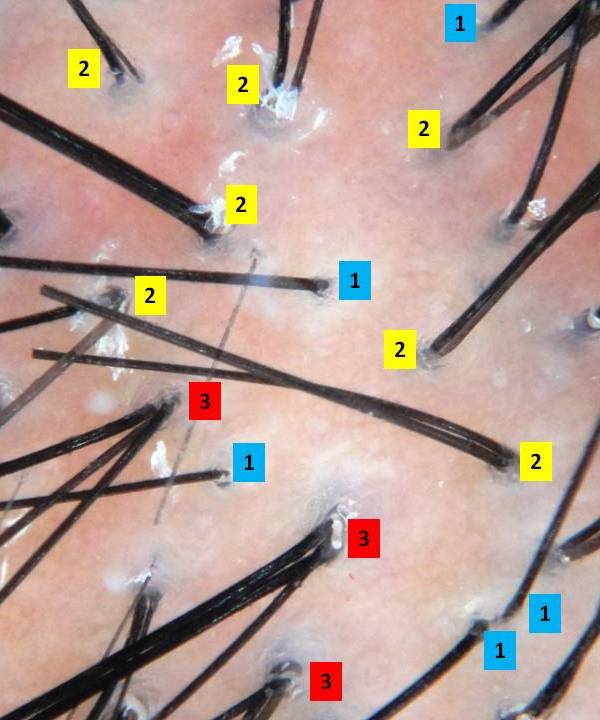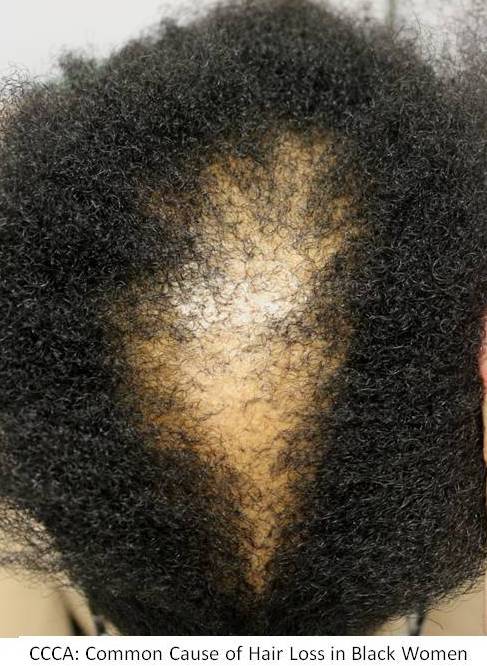If you’re like most people, you have a bottle or two of shampoo in your shower and you use it to clean your scalp and hair. Perhaps you’re a daily user, perhaps you use shampoos a few times week. If you have coarse and curly hair, you might use shampoo even less frequently. But you use it. If my own practice is representative of the world out there I know some of you even change your shampoo brands frequently.
However, a small number of women (and an even smaller number of men) have decided to forgo shampooing the scalp altogether. This defines the so called “no poo” movement (i.e. ‘poo’ is short for shampoo).
1. We are a shampoo loving society
As a society, we have grown to love shampoo and love shampooing. Walk into any drug store and you’ll see just how much real estate is devoted to shampoos. We love the smells of shampoos and the feel of shampoos. We love the look and feel of shampoo bottles. We like the shampoo aisles, shampoo ads and shampoo commercials. We are a shampoo loving society.
Shampoos were first synthesized in the 1930s, as an alternative to bar types soaps which left a heavy film or “soap scum” on the hair. Such deposition leaves the hair dull and more difficult to manage. In years gone by, women would shampoo their hair at the salon and then have it set. Shampooing every 2-4 weeks was normal. Shampooing wasn’t typically a home-based procedure. It wasn’t until the 1970s and 1980s that shampoos became standard for household daily use. In North America, many women have changed to shampoo their hair very frequently. Moreover, we seem to enjoy squeezing our shampoo bottles and in general use far too much shampoo with each use than we really need to. It’s not really harmful to do so – except to our bank. It’s too often forgotten, that shampoos are meant for cleaning the scalp and conditioners are meant for the hair. A small dab of shampoo is usually sufficient to clean the scalp.
2. If people don’t poo (shampoo), what do they do?
For those who are participants in the ‘no poo” movement and don’t use shampoos, common substitutes include simply using water alone, using apple cider vinegar, baby powder, dry shampoos or using baking soda. I believe that many of such practices are well tolerated for most people. However, those with color treated or relaxed hair may find that that high pH of baking soda (up to 10-12) to be particular harsh on their hair and increase the chance of damage and hair breakage.
3. Does frequent shampooing trigger your scalp to make more oil?
It’s true that the use of shampoo removes oils from the scalp. These oils are helpful to condition the hair – and might be regarded as nature’s best conditioners. At present, however, there is no scientific proof that the scalp compensates for frequent shampooing by in turn producing more oil. The amount of oil that our scalp produces is genetically determined, and to a much lesser degree by the foods we eat, hormones, seasons and the environment. Changing your shampoo practices won’t reset your oil production. That factory is deep under the scalp (in glands known as sebaceous glands) and not influenced by how you shampoo. It would be nice to think otherwise – but there’s simply no proof.
4. How often should you shampoo?
There is no magic number for how often we should shampoo. In fact, the number is different for everyone. Those with fine, oily hair are going to benefit from daily shampooing as the oils tend to weigh down the hair. Those with coarse and curly hair can go much longer as the hair will actually look better when not washed so often. The same is true for those with color treated or relaxed hair – washing less frequently is preferred to further limit damage to already slightly damaged treated hair. Once or twice a week is likely just fine. Although we certainly shampoo our hair too often, washing the scalp daily is unlikely to cause harm. Furthermore, there is no evidence that avoiding shampoo altogether offers a health benefit. In other words, the no poo movement is a personal choice, not a health choice.
5. Are there any adverse effects of not shampooing ?
Individuals with existing scalp problems could develop a ‘flare’ of their scalp disease with cessation of shampooing. For example, I’ve seen many patients who forgo shampoos that develop worsening dandruff and seborrheic dermatitis ( which is a close cousin of dandruff). It’s usually mild and tolerable. To understand why this occurs, it’s important to understand that dandruff and seborrheic dermatitis are caused by yeast that lives on our scalps. These yeast feed off scalp oils. Excessive oiliness from not shampooing provides this yeast with an abundance of food and in turn further exacerbates the patient’s scalp problem. The no poo decision might not be for everyone.
6. If you’re going to shampoo, should you go sulfate free?
For those who decide that the no poo movement might not be for them, a common question then arises – what about joining the sulfate free movement? Certainly, sulfate free shampoos are popular. If you’ve used a sulfate free shampoo you immediately notice they don’t lather up quite as well as a shampoo containing sodium lauryl sulfate or ‘SLS‘. The main downside of these shampoos is not their lathering ability but the fact that SLS shampoos are a bit more drying and are more likely to lift the cuticle and cause damage for those with color treated or relaxed hair. The can also cause irritation for those with scalp problems, including eczema. The vast majority of people in the popular will notice little difference to their hair from using a sulfate free or SLS containing shampoo. Decisions on whether to use SLS shampoos for other reasons (including environmental) are still being researched. However, from the perspective of the hair – the vast majority of people will not achieve better hair care from sulfate free shampoos.
Conclusion: Are you giving up shampoo?
Hair is personal. Hair helps define who it is we are and how we present ourselves to the world. Our hair is central to our self identify. If you don’t want to shampoo your hair – don’t shampoo your hair. There are a small number (but manageable number) of risks. Similarly if you want to shampoo your hair frequently, shampoo it. Change up your brands. Enjoy all that shampoos offer in further defining what is personal, individualistic and what defines our feelings of self identity and self-expression. There are risks to many things and it simply comes down to being well informed. Humans quickly learn what shampooing frequency is right for them.

















